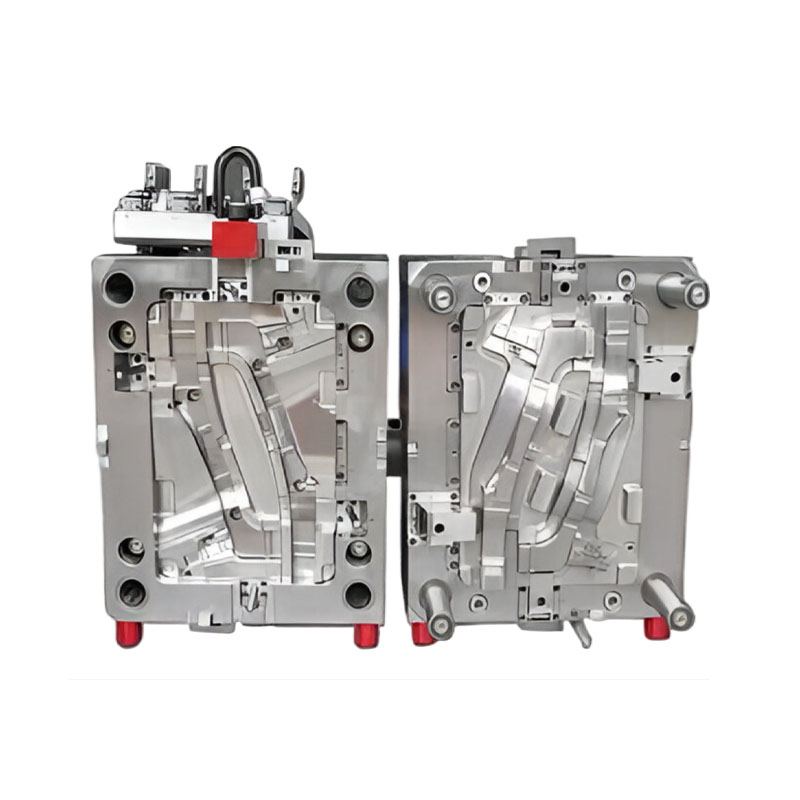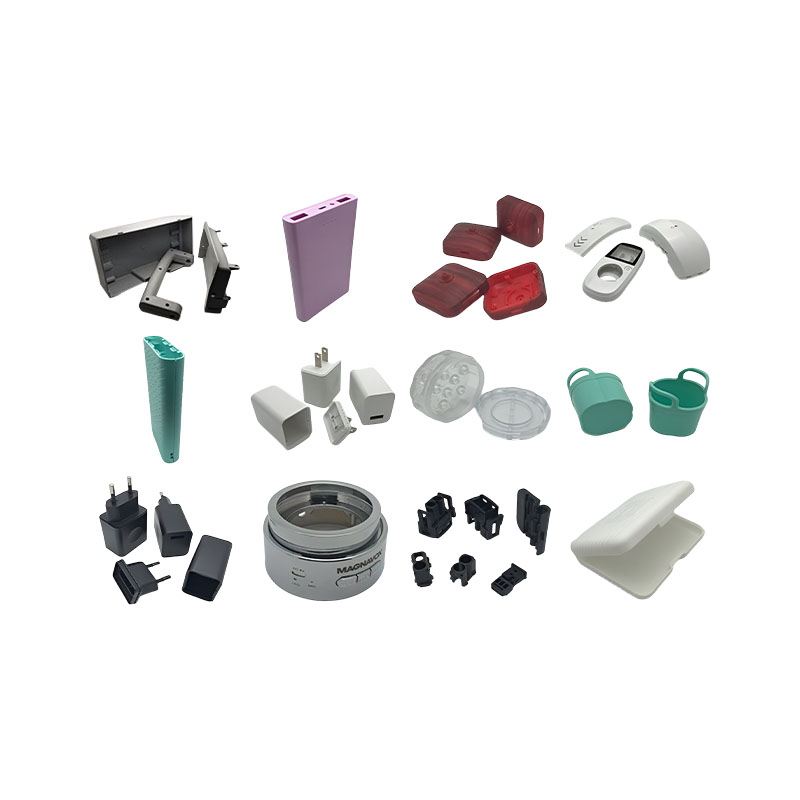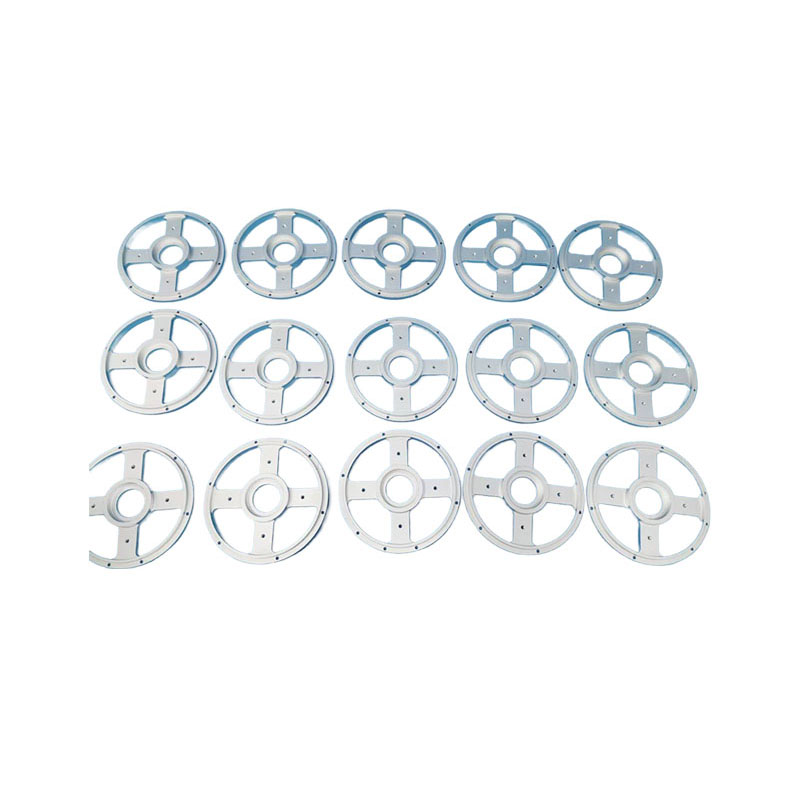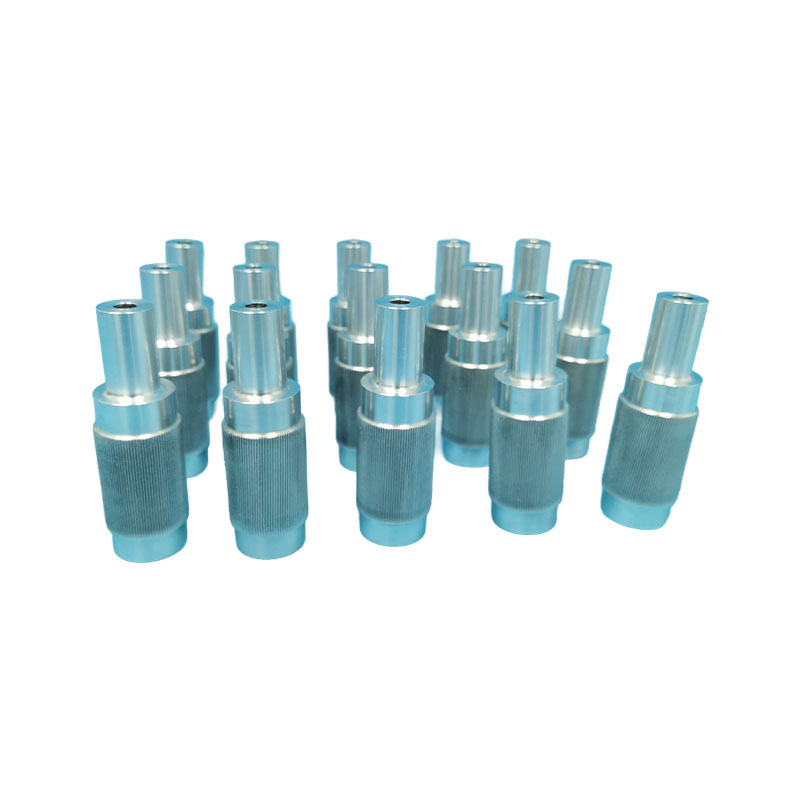How to avoid the influence of built-up edge produced during stainless steel CNC turning on the surface roughness of the workpiece?
Release Time : 2025-07-17
During the stainless steel CNC turning process, built-up edge is a metal bond produced by the friction between the front face of the tool and the chips. Its formation is closely related to the cutting temperature and material plasticity. The existence of built-up edge will directly change the actual cutting state of the tool and have a multi-dimensional impact on the surface quality of the workpiece. By accurately adjusting the cutting parameters, its formation can be effectively suppressed.
The primary impact of built-up edge on surface roughness is to destroy the surface flatness. The built-up edge will fall off or grow randomly with the movement of the tool. When it falls off, it will take away tiny metal particles on the surface of the workpiece, forming pits of varying depths; the built-up edge that has not fallen off will scratch irregular scratches on the surface of the workpiece, causing the surface roughness value (Ra) to soar from the normal 1.6μm to more than 6.3μm. For example, when stainless steel CNC turning 304 stainless steel, if the diameter of the built-up edge reaches 0.1mm, obvious "tear" marks will appear on the surface of the workpiece, which cannot meet the appearance requirements of decorative parts.
Built-up edge will also cause fluctuations in surface dimensional accuracy. The thickness of built-up edge is unstable (usually 0.05-0.5mm), which will cause the actual cutting edge position of the tool to shift, resulting in an error of more than ±0.03mm in the diameter or length of the workpiece. This error manifests as poor dimensional consistency in batch processing, especially in stainless steel CNC turning of precision fittings, which may cause assembly clearance to exceed tolerance and affect product function.
The fragments of built-up edge that fall off will aggravate surface scratches. When the built-up edge fragments flow with the chips, if they are stuck between the tool and the workpiece, they will slide on the processed surface like abrasives, forming dense parallel scratches. The depth of these scratches varies with the size of the fragments, and can reach 0.02mm in severe cases. It not only reduces the surface finish, but also may become a stress concentration point, affecting the corrosion resistance of stainless steel parts - scratches are prone to accumulate moisture and impurities, accelerating local rust.
Adjusting the cutting speed is the core means to suppress built-up edge. The best cutting speed for stainless steel needs to avoid the "dangerous zone" where built-up edge is easy to form: when the speed is lower than 50m/min, the cutting temperature is low (200-300℃), the material has high plasticity, and it is easy to form built-up edge; when the speed is higher than 120m/min, the high temperature (more than 500℃) makes the chip fluidity stronger and not easy to stick; and the 50-120m/min range happens to be the high-incidence area of built-up edge. When stainless steel cnc turnin 304 stainless steel, choose 150-200m/min high-speed cutting, which can destroy the bonding conditions through high temperature and reduce built-up edge from the source.
Optimizing feed rate and cutting depth can help suppress built-up edge. When the feed rate is too small (less than 0.1mm/r), the contact time between the tool and the chip is prolonged, increasing the chance of bonding; increasing the feed rate to 0.2-0.3mm/r can shorten the contact time, while increasing the chip thickness and reducing plastic deformation. The cutting depth should be greater than the thickness of the hardened layer of stainless steel (usually ≥1mm) to avoid repeated friction of the tool on the hardened layer surface, which will cause the temperature to rise and indirectly reduce the probability of built-up edge formation.
Reasonable selection of cutting fluid can enhance the effect of parameter adjustment. Extreme pressure emulsion or sulfurized cutting oil, which contains extreme pressure additives such as sulfur and chlorine, can form a chemical lubricating film on the tool surface to reduce the friction coefficient. When adjusting the parameters, the cutting fluid should be fully sprayed into the cutting area with a flow rate of not less than 20L/min. The cutting temperature can be reduced by cooling, and the chips can be flushed at the same time to avoid the residual built-up edge fragments, so that the tumor inhibition effect of high-speed cutting is more stable.
The coordination of tool angle can enhance the effectiveness of parameter adjustment. Increasing the rake angle to 10°-15° can reduce the positive pressure between the tool and the chip and reduce the bonding tendency; at the same time, reducing the back angle to 5°-8° can enhance the rigidity of the tool and avoid the local friction caused by vibration. Grinding the front cutting edge to a finish below Ra0.8μm can also reduce the "anchor points" for built-up edge attachment, making the tumor suppression effect of parameter adjustment more significant.
Through the parameter combination of "high-speed cutting + reasonable feed + optimized cooling", the built-up edge incidence rate of stainless steel CNC turnin can be reduced by more than 90%, and the surface roughness can be stably controlled within Ra1.6μm. This solution, which mainly relies on parameter adjustment and supplemented by tool optimization, not only ensures processing efficiency, but also can stably improve surface quality. It is the core technical point of stainless steel precision stainless steel CNC turnin.







